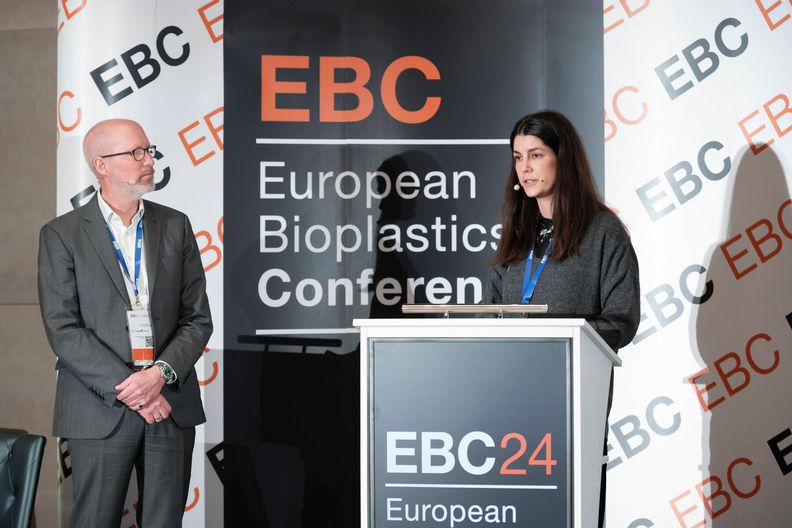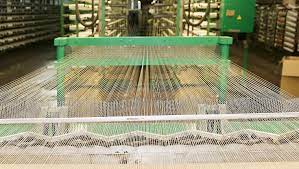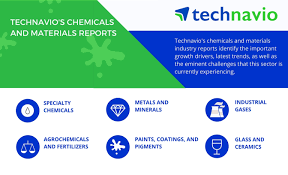The 2024 edition of the European Bioplastics Conference started this morning in Berlin, Germany. Managing Director of European Bioplastics Hasso von Pogrell gave the traditional update of the bioplastics market alongside some of the key figures.
Global bioplastics production hit 1.44 million tonnes in 2024. During last year’s conference, the 2023 global production levels were announced as 1.79 million tonnes but they have since been updated to 1.37 million tonnes. Given those updated figures, global bioplastics production in 2024 saw a small increase in comparison with the previous year.
Asked about the updates, and the overall comparability of the previous years’ forecasts with current figures, Pia Skoczinski, senior expert technology and markets at nova-institute, said that ‘unfortunately, the forecast and actual data is not comparable’.
“It’s a forecast, we have to be cautious about it. For many of the capacity additions announced last year, we now know now they were actually lower. So, yes, unfortunately, it is not comparable’.
Of the total production in 2024, PLA accounted for 22%, PA for 20%, PTT for 17%, PE for 13%, CR for 6%, PET for 5%, PBAT (bio-based only) for 5%, and SCPC for 4%.
Installed production capacity reached 2.47 million tonnes in 2024, up from 2.18 million tonnes in 2023. It set to grow to 5.73 million tonnes by 2029, according to the latest EUBP figures, compiled in collaboration with the Germany-based Nova Institute.
The institutions have also updated their growth predictions since last year’s conference, when they estimated that production capacity would reach 7.43 million tonnes by 2028. Skoczinski explained that the nova-institute was more ‘conservative’ in its forecast for this year’s market update.
von Pogrell noted that capacity for biodegradable plastics is expected to grow ‘disproportionally’, with these bioplastics increasingly taking up a larger market share than non-biodegradable polymers.
The comparison between the production capacities and actual production in 2024 shows that the bioplastics industry is producing at almost 60% capacity. Although varying from one polymer to another, ranging from 35% to 100%, the average utilisation rate in 2024 was 58%. In 2023, the figure was 82%.
Non-biodegradable plastics PET, PP, and PEF showed utilisation rates of 100% in 2024. Rates for biodegradable plastics were lower, with PLA, for example, reaching only 35% utilisation rate.
“A potential further approximation of actual production to existing production capacities largely depends on the specific interpretation of recent regulations – keyword PPWR – and other future European legislation relating to the plastics market”, von Pogrell said.
During her keynote speech, Kristin Schreiber, director at the European Commission DG GROW assured that the bioeconomy and circular economy are ‘high on the political agenda’ of the new Commission.
While bioplastics are increasingly finding application in numerous sectors, the main application is still packaging, which accounted for 45% of the market capacity in 2024 and is forecasted to grow to 53% in 2029. The fibre market is estimated to shrink from 20% in 2024 to 13% in 2029, with application in industries such as automotive and transport, agriculture and horticulture, and electrics and electronics expected to retain a relatively stable share of the market in the next five years.
In terms of materials, PLA is expected to account for 42.3% of production capacity in 2029, followed by PHA with 17%, PE with 8.9%, and PP with 8.5%.
In geographical terms, the focus continues to aggressively shift eastward. This year, Europe concentrated 13.4% of global production capacity, up from 12.8% last year. However, this figure is expected to contract to 10.4% in 2029, according to EUBP. Asia’s share, on the other hand, will increase from 58.9% this year to 63.3% in five years. Capacity in North America is now forecasted to increase, from 16.2% in 2024 to 20.9% in 2029.
“The growth in bioplastics production capacity should be seen against the backdrop of increasing consumer awareness of the environmental impact associated with the overall plastic consumption, underscoring not only the resilience but also the significance of our industry to contribute to sustainable solutions”, von Pogrell concluded.
Source: sustainableplastics.com








